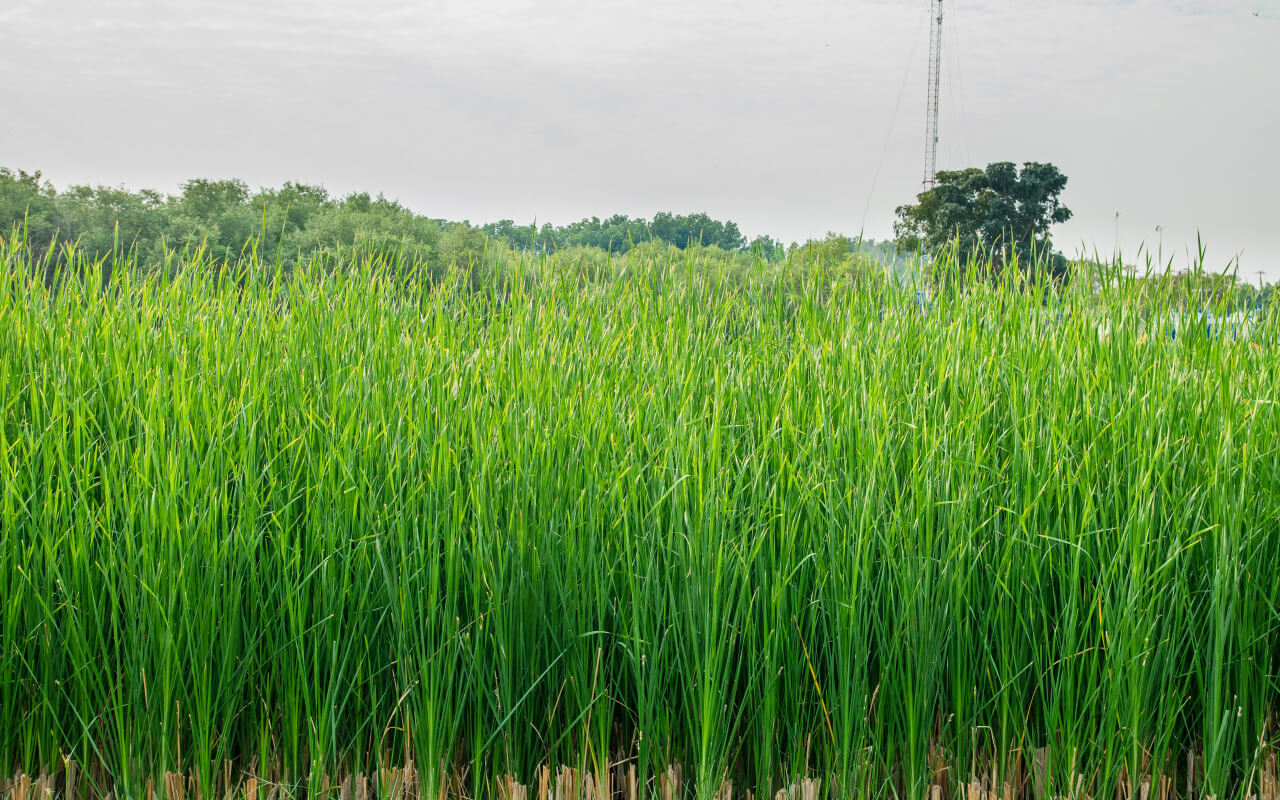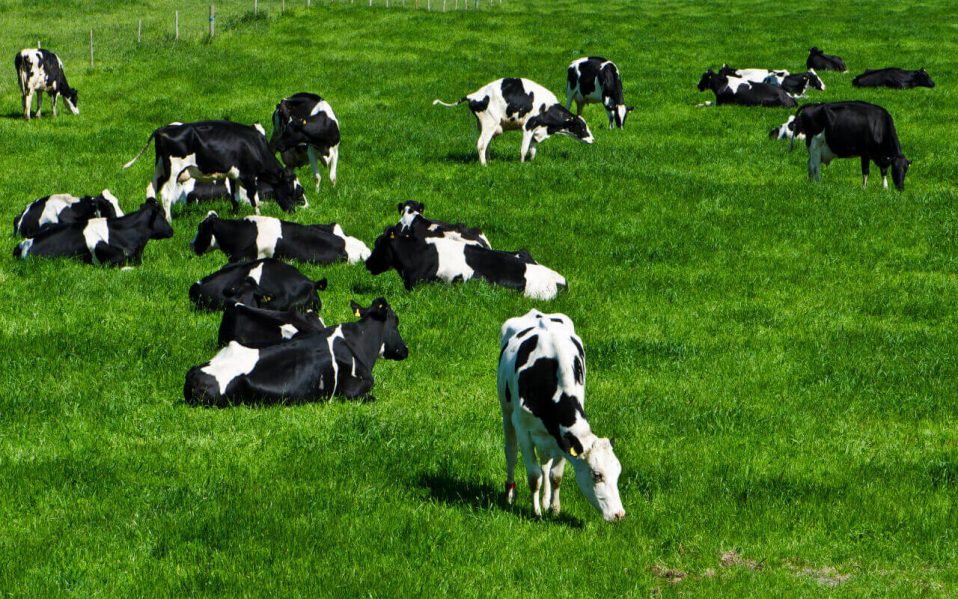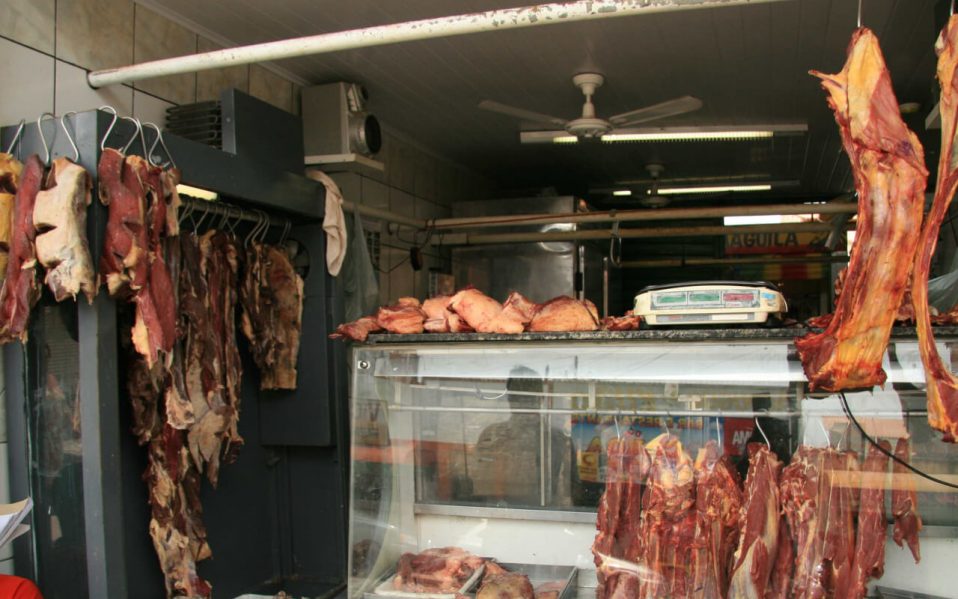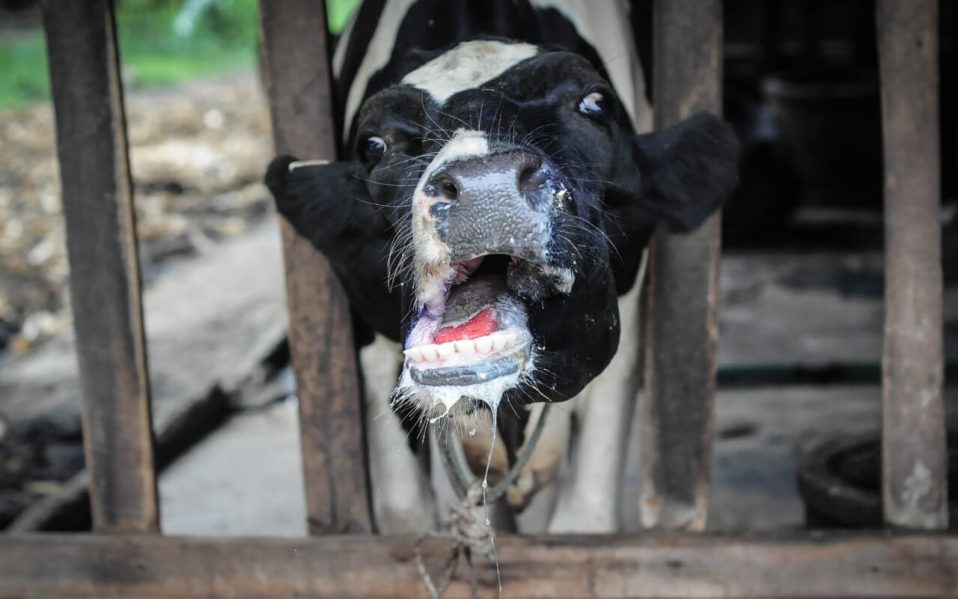This season, the rains are exceptionally heavy and with it has come loss of human and animal life. Unfortunately, like the weatherman has indicated, the problem is not likely to be over anytime soon; at least not for farmers whose land is covered with river sand; rocks, pebbles or uprooted tree stumps.
While city dwellers quickly settle back to normal when rains subside, affected farmers will need to put in place effective land reclamation strategies to get their arable land back. It could be filling gullies; clearing the rubble, covering bare-back eroded soils or draining the layer of water that has made a home in their farms.
In some cases; terracing and gabion construction is likely to fully address the problem; but for those seeking a long term solution, vetiver offers the answer.
What is vetiver grass?
Vetiver is a type of grass adopted globally for land reclamation purposes. It originated from India.
It is tough; with course roots that penetrate up to four meters under within the first one year and has been proved to calm down ranging waters up to 64km per hour speed; sieving out dust and pebbles to form a natural terrace that prevents further erosion.
Further, the grass is not intimidated by flood waters; as it actually thrives in marshy areas as easily as it would on normal ground.
The aromatic grass; which is also used for extraction of essential oils used in perfume, soap and cosmetics making is also incredibly resistant to salinity, and can do well in a wide range of soils, including the nutrient-stripped river sands.
The plant, which has been used successfully in various areas in Kenya including Voi, Machakos and Meru is also a healthy source of animal feeds when harvested between one and three months and is used for numerous other purposes including rope, mats and sandals making; as well as thatching and mulching in crop fields.
Better still; the clumpy grass can also be inter-cropped with coffee, fruit trees and other perennial crops. It can also be planted as a hedge around the farm or even in rows across the field; as the grass is non-invasive, meaning it does not spread to areas it is not needed. Moreover; the locally available species do not produce viable seeds, meaning you don’t need to worry about it turning to a weed in your farm.
Starting a vetiver farm
Where the grass has been inter-cropped with maize; it has registered tremendous success in controlling the lepidopterous stem borers, a serious pest known to cause nearly 100 percent loss throughout East and southern Africa. Establishing the aromatic grass is as simple as planting an average tree seedling. The grass; which is propagated through root divisions known as slips; is established in shallow trenches; and only covered with 2 to 3CM of soil; which must however be adequately compacted for the roots to spread.
In flood prone areas, or land with a severe slope; it is encouraged for the grass to be planted in rows with an inter-slip spacing of 15CM. This close spacing ensures the hedge has closed up within the first year of planting, while the multiple rows form provides a formidable, multi-level barrier against ranging flood waters.
It is however important for farmers to note that vetiver grows relatively slower the first one year; compared to other to fodder grasses like Napier as it takes the first few months to establish a finely structured root system; which is handy in soil stabilisation.
It is therefore important to be patient and water the grass frequently the first few months. After establishment; the grass is tolerant to harsh conditions like drought and frost. It can easily re-germinate after fire and revives well after tramping by livestock.
– The writer is an agronomist, a science journalist, and university lecturer (gmureithi@britsconsultants.org or gr.mureithi@gmail.com)
This article was first published in the ‘Smart Harvest’ feature of the Standard on Saturday edition of 12th May 2018.




